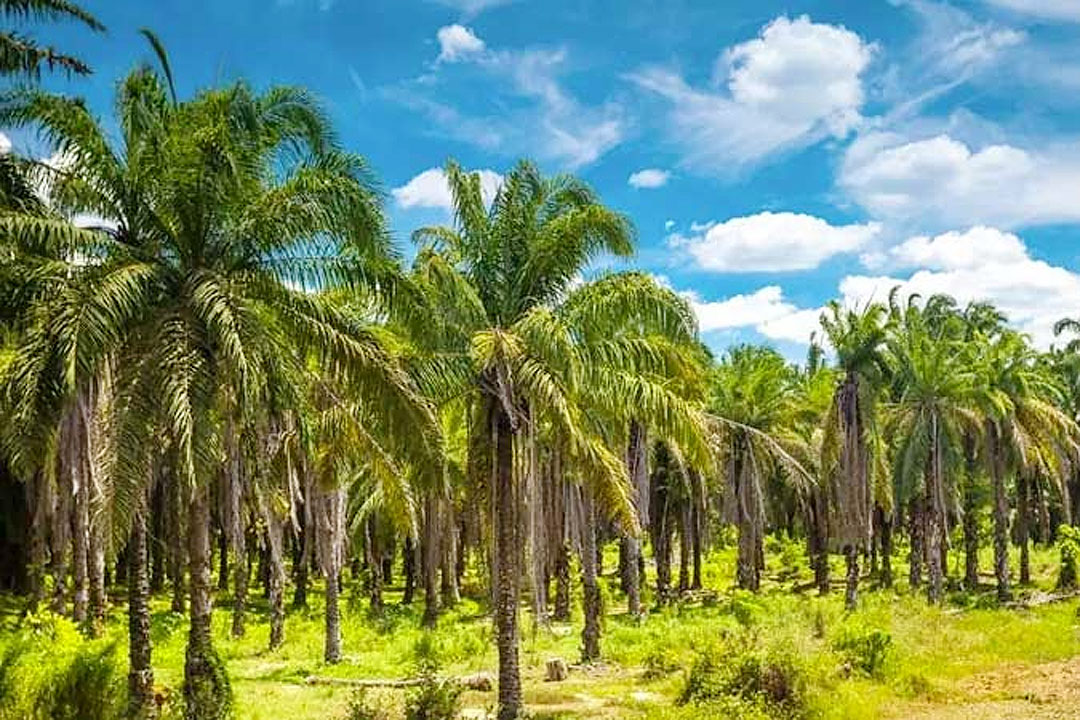Coco farmers cite financing gaps as trust fund disbursements loom

THE Coconut Farmers and Industry Development Plan (CFIDP) lays down a plan to develop coconut-based enterprises, but financing for such projects is proving to be difficult to access by entrepreneurs seeking to develop value-adding businesses, farmers said.
Lodi Carbonilla, a coconut farmer and proprietor of the six-hectare King David Integrated Farm in Southern Leyte, has had to temporarily give up coconut farming and open up a bakery business.
He told BusinessWorld that the coronavirus disease 2019 (COVID-19) pandemic and 2021’s super typhoon Odette (international name: Rai) has made his coconut farming business unsustainable.
In the past year, he has had to close all six branches (including two franchises) of his Buko Moko brand — which sold coconut water and fruit shakes — as well as discontinued his King David spiced vinegar venture.
“Financing talaga ang kailangan (Coconut farmers need financing),” he said in a Facebook chat. “At isa pa ay ’yung hybrid nuts ang kailangan. Mas mataas kasi ’yung yield niya compared sa old variety” (We also need access to hybrid nuts that are higher-yielding).
Entrepreneurs like him that are seeking to branch out from coconut farming, he said, need at least P5 million “just to stay afloat” and sustain operations. Government banks, however, need collateral in order to approve loans.
“Sa collateral ’yung bottleneck. Di makahiram ng milyon kasi walang collateral (The collateral is the bottleneck. Farmers can’t borrow because they can’t offer collateral),” he said.
Mr. Carbonilla is one of the 2.5 million coconut farmers hoping to benefit from the trust fund. The Philippine Coconut Authority classifies 69 out of the Philippines’ 82 provinces as coconut-producing.
Republic Act 11524, or the Coconut Farmers and Industry Fund Act, allows farmers to tap the Coconut Trust Fund (CTF) to develop the industry. The CTF was seeded with capital recovered from the coconut levy, a tax on farmers during the 1970s which was diverted by associates of the late Ferdinand E. Marcos, Sr. to purchase corporate assets.
Signed in 2021, the law also requires the transfer of the P75-billion CTF within a five-year time frame, with P10 billion going out in each of the first two years, P15 billion in the third and fourth years, and P25 billion in the fifth year.
The use of the CTF will be determined by the CFIDP, which was formally launched on June 24, 2022. Its objectives are to increase the income and productivity of coconut farmers and modernize the industry.
The disbursement end of the CTF largely depends on the agendas being pursued by the agencies managing the projects, one of which is the Department of Science and Technology’s Philippine Council for Agriculture, Aquatic and Natural Resources Research and Development (PCAARRD).
PCAARRD manages the research component of the Coconut Hybridization Program under CFIDP with a 5% allocation from the trust fund, according to Alissa Carol M. Ibarra, PCAARRD’s Industry Strategic Program manager for coconut.
“Through the program, the Council supports research that will develop and improve the production of hybrid planting materials and existing hybrids,” Ms. Ibarra said in an e-mail. “These hybrids will soon replace the senile, pest-infected, and typhoon-affected trees all over the country to boost coconut production, and hence revitalize the coconut industry.”
In 2022, PCAARRD approved 11 hybridization research programs and projects at the University of the Philippines Los Baños, Visayas State University, the Philippine Coconut Authority (PCA) Zamboanga Research Center, the PCA Davao Research Center, and the PCA Albay Research Center.
“All of these increase productivity and profitability, growth and development of products, and the creation of new opportunities for coconut farmers and other stakeholders that are beneficial for the coconut industry,” she told BusinessWorld.
Another of CFIDP’s partner agencies is the Land Bank of the Philippines (LANDBANK).
The government bank said earlier in February that outstanding loans to the agriculture sector had an average growth rate of 10.4% to 2022 from 2012.
Some P46.6 billion of the total P261.7 billion in agriculture loans were directed at small farmers and fisherfolk, including those which were channeled through cooperatives, farmers’ associations, rural financial institutions, and other conduits.
LANDBANK had not replied to a request for comment on coconut industry lending at the deadline.
The Department of Agriculture was also not able to reply to queries about the CFIDP.
Between the research-focused initiatives being pursued by PCAARRD and the broad mandate for agriculture lending that LANDBANK is trying to implement, farmers like Mr. Carbonilla might be falling through the cracks as the top-down approach to distributing funds clashes with bottom-up initiatives pursued by individual farmers.
Mr. Carbonilla is considering getting back to manufacturing coconut vinegar and bottled coconut water as soon as his trees have recovered, which he estimates to take about five years after the super typhoon.
“Sooner or later, babalikan ko ’yung Buko Moko brand once maka-fully recover na ’yung mga coconuts sa aking province (I plan to revive my Buko Moko brand as soon as the coconut trees in my province have fully recovered),” he said in a chat message. — Patricia B. Mirasol



